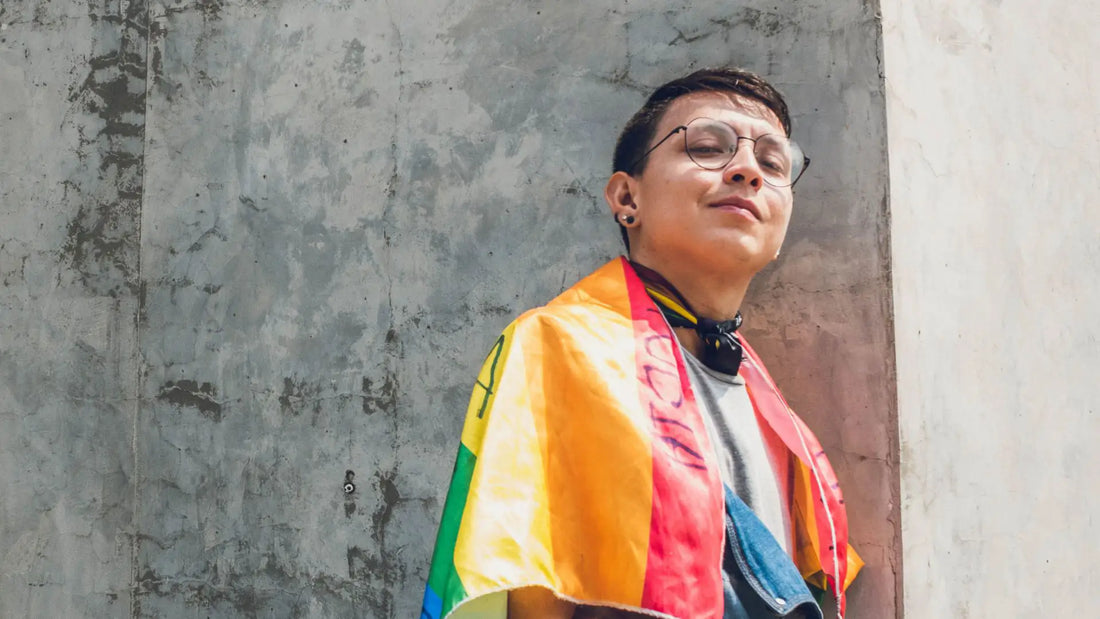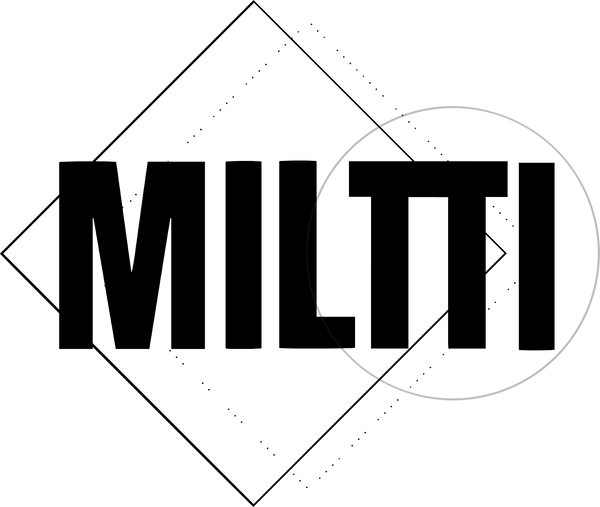
Is Building a Queer Brand a Political Act?
Share
Visibility has always been resistance
Fashion has never been neutral. Throughout history, queer fashion has existed not only as an aesthetic but as an act of defiance. In the early 20th century, laws in the United States criminalized cross-dressing, forcing queer communities to use clothing as coded language. Anthropologist Esther Newton documented this in Mother Camp (1972), describing how drag performers built entire cultures around style as survival.
By the 1980s, amid the AIDS crisis, visibility became urgent. Keith Haring turned street walls into protest art, while activists in groups like ACT UP used T-shirts and badges to demand attention. That era defined what many now call fashion as protest, using design as both expression and resistance.
ACT UP protest in New York City, 2017, featuring the iconic “Silence = Death” poster. Photo by Elvert Barnes, via Wikimedia Commons (CC BY-SA 2.0).
Queer fashion today: culture and code
In modern times, queer streetwear carries that legacy forward. Independent designers and small labels use gender-neutral clothing and genderless clothing to break binary expectations, often producing unisex streetwear that refuses to fit one category. As scholar Susan Stryker notes, queer culture “makes the margins visible,” and in fashion, visibility itself becomes political.
Creating pride clothing isn’t only about rainbows or slogans. It’s about reclaiming presence in a world that once erased difference. The existence of openly queer brands shows how identity and commerce can merge ethically, with purpose.
Business as activism
Building a queer brand is, by definition, a political act, even if the intention isn’t overtly activist. bell hooks, in her essays on cultural resistance, argued that representation itself challenges systems of domination. For queer entrepreneurs, every campaign that features diversity, every inclusive design choice, pushes against old narratives.
At the same time, sustainable fashion practices — ethical sourcing, small-batch production, and zero waste clothing — reinforce that resistance. They reject exploitation and mass waste, aligning queer visibility with environmental responsibility. For many small creators, sustainable clothing is not only a material choice but a moral one.
Beyond Pride Month
While June celebrates Pride outfits and parades, queer identity doesn’t pause when the rainbow confetti fades. To sustain a queer brand means to live that pride daily, through community, creativity, and conscious production. Visibility, when tied to authenticity, becomes a quiet revolution.
📖 Read more from our blog
Bisexual Visibility: Why September Matters
Why September is Bisexual Visibility Month and how symbols, stories, and style power lgbtq visibility.
Gay: From Joyful to IdentityMi
How the word gay shifted from meaning joyful to becoming a symbol of lgbtq pride history.
Written by the Miltti Team | October 2025
